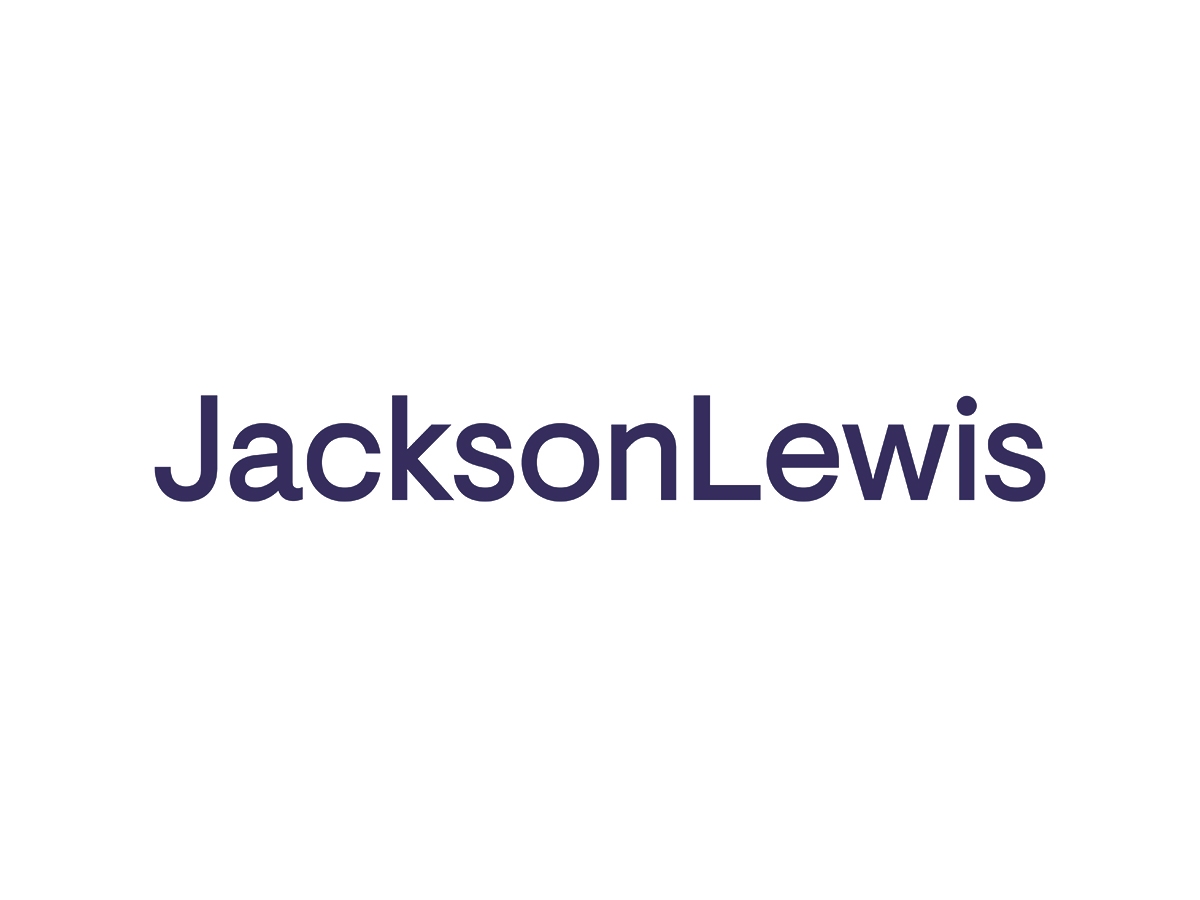Department of Justice breaks silence on website accessibility | Jackson Lewis CP
The Department of Justice (“DOJ”) has issued Web Accessibility and ADA Guidelines (the “Guidelines”) regarding website accessibility under Title III of the Americans with Disabilities Act ( “Title III”). The Guide explains at a high level how state and local governments (ADA Title II entities) and public lodging facilities (ADA Title III entities and virtually all businesses that sell retail consumer goods and services) may make their websites accessible to people with disabilities. The Guide covers a range of topics, including the importance of web accessibility, the barriers inaccessible websites can create for people with disabilities, when the ADA requires web content to be accessible, and tips for making accessible web content. The Guide also notes that web accessibility for people with disabilities is a priority for the DOJ.
The guidance clarifies that ADA Title III requirements apply to “all goods, services, privileges, or activities offered by public accommodations, including those offered on the web.” Thus, the Guidance confirms the DOJ’s view that public accommodation websites should be accessible to people with disabilities.
Conspicuously absent from the guidance is the question of whether Title III of the ADA applies to the websites of online-only businesses that offer goods and services to the public. However, the guidance includes a link to an earlier settlement agreement the DOJ reached with an online-only business, suggesting that the DOJ’s current position is that online-only businesses may be covered by Title III, and that the DOJ will take action to enforce ADA Title III against companies that operate consumer websites, even in the absence of a physical public hosting location.
The Guide also notes that the DOJ “does not have regulations setting out detailed standards,” and therefore “businesses and state and local governments can currently choose how they will ensure that the programs, services, and goods that ‘they provide online are accessible to people with disabilities.’ This is the DOJ’s longstanding position on how businesses and government entities can comply with their obligations under the ADA to provide ancillary aids and services to enable effective communication with people. with sensory impairments. The Guide provides links to the Web Content Accessibility Guidelines (“WCAG”), but the Guide is silent on the level of compliance with WCAG standards, if any, that constitutes compliance with Title III of the ADA.
Notably, the Guide makes it clear that an accessibility report “that includes some errors does not necessarily mean that there are barriers to accessibility”. At the same time, while “automated accessibility checkers and overlays that identify or fix problems with your website can be useful tools, . . . a clean’ [accessibility] report [from such accessibility tools] does not necessarily mean that everything is accessible. The Guide suggests that combining a manual website audit with the use of automated accessibility assessment software is ideal to give businesses a better idea of their website’s accessibility. in real conditions.
The most important takeaway from the guidelines is the fact that the DOJ has issued guidelines on this topic. Indeed, on December 26, 2016, the DOJ issued a notice of withdrawal of four previously announced regulatory actions. See 82 Fed. Reg. 60932 (December 26, 2017). After years of silence on the Title III issue of ADA enforcement of websites, the fact that the DOJ has turned its attention to this topic may indicate increased enforcement activity by the DOJ over the years. past.


Comments are closed.